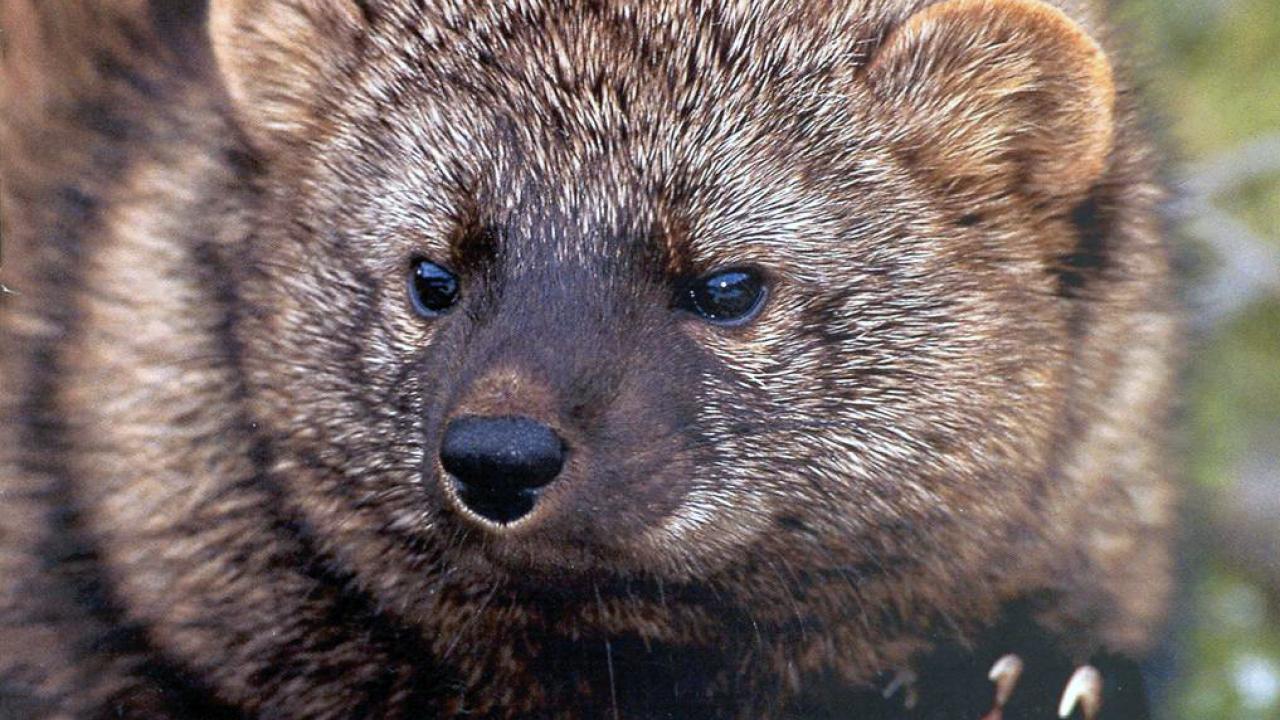
Endangered Wildlife Are Getting Dosed With Rat Poisons
People who consider rodents to be pests often turn to an array of products, known as anticoagulant rodenticides, which are marketed to lethally “solve” the issue with poisoned bait. But researchers have been collecting evidence for years showing that it’s not just nuisance rats that can end up dead.
Some of the most recent studies, conducted in California, found that everything from Pacific fishers to bobcats to northern spotted owls often become victims of rodenticides. The list of potentially affected wildlife is long — basically anything that preys on a rodent could be at risk, because the poisons are so toxic they travel up the food chain, and in some cases, can remain in an animal’s body for years. It can even leapfrog in utero from one generation to the next.
“If you have a very poisoned rat, you’re going to have a very poisoned hawk,” says Kelle Kacmarcik, director of wildlife solutions and advocacy at WildCare, a wildlife rehabilitation center in Marin County, California.
And that’s a huge problem.
“Food web contamination is a red flag indicator for not just for one species but all other species dependent on that prey item,” says Mourad Gabriel, a research associate faculty at the One Health Institute, Wildlife Heath Center at the University of California, Davis and co-director of the nonprofit Integral Ecology Research Center. His research has looked at the risk to fishers and northern spotted owls from rodenticide exposure from cannabis farms, a growing problem in California. But “other species may start to become imperiled because of this emerging threat,” he says.
